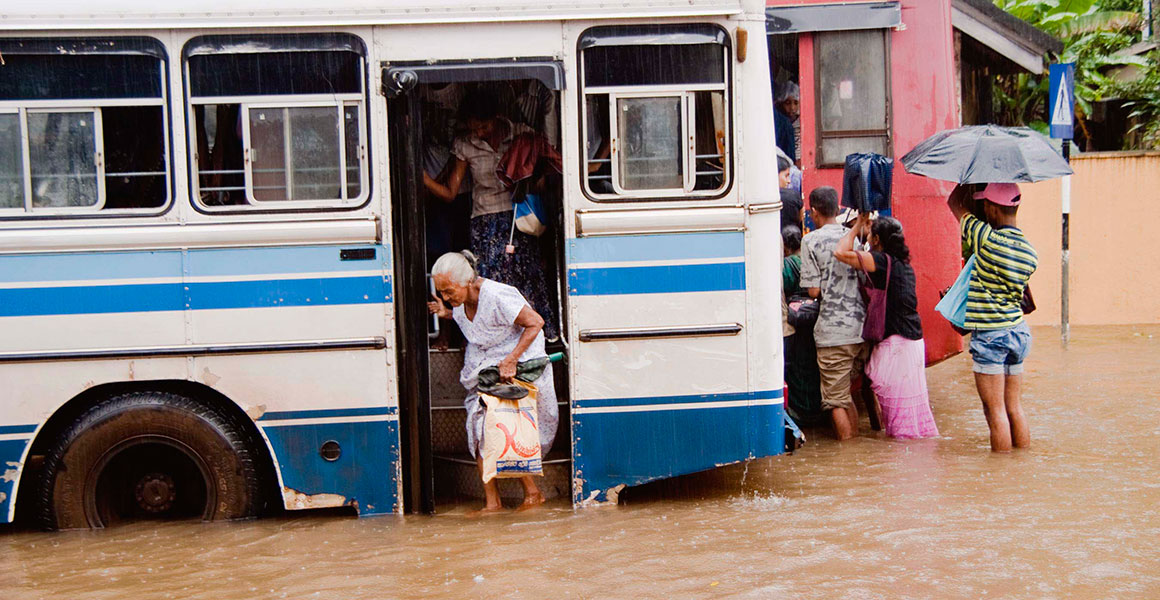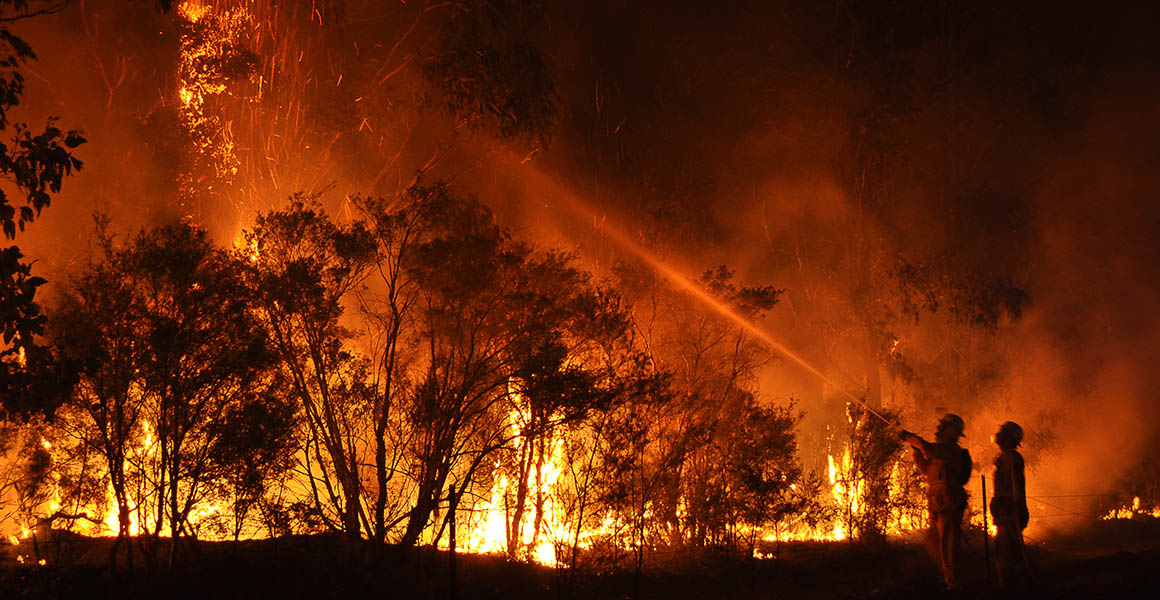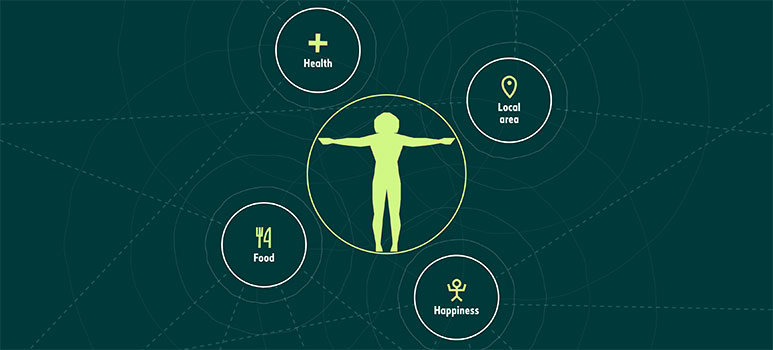Planet Earth
Biodiversity and Interdependence
I understand how animal and plant species depend on each other and how living things are adapted for survival. I can predict the impact of population growth and natural hazards on biodiversity. SCN 4-01a
- Describes how plants and animals depend on each other for food, shelter and pollination, using scientific vocabulary such as ‘population’, ‘community’ and ‘species’.
Biological Systems
Inheritance
I understand how animal and plant species depend on each other and how living things are adapted for survival. I can predict the impact of population growth and natural hazards on biodiversity. SCN 4-01a
- Describes how plants and animals depend on each other for food, shelter and pollination, using scientific vocabulary such as ‘population’, ‘community’ and ‘species’
Third Level Scientific Skills
Inquiry and Investigative Skills:
- Demonstrates initiative and increasing independence in identifying a number of key questions and in formulating aims, predictions and hypotheses based on information, observations and knowledge.
- Designs procedures to test a hypothesis and identifies the independent, dependent and controlled variables,
- Demonstrates increased levels of collaboration and initiative in decision-making about samples, measurements, equipment and procedures to use.






